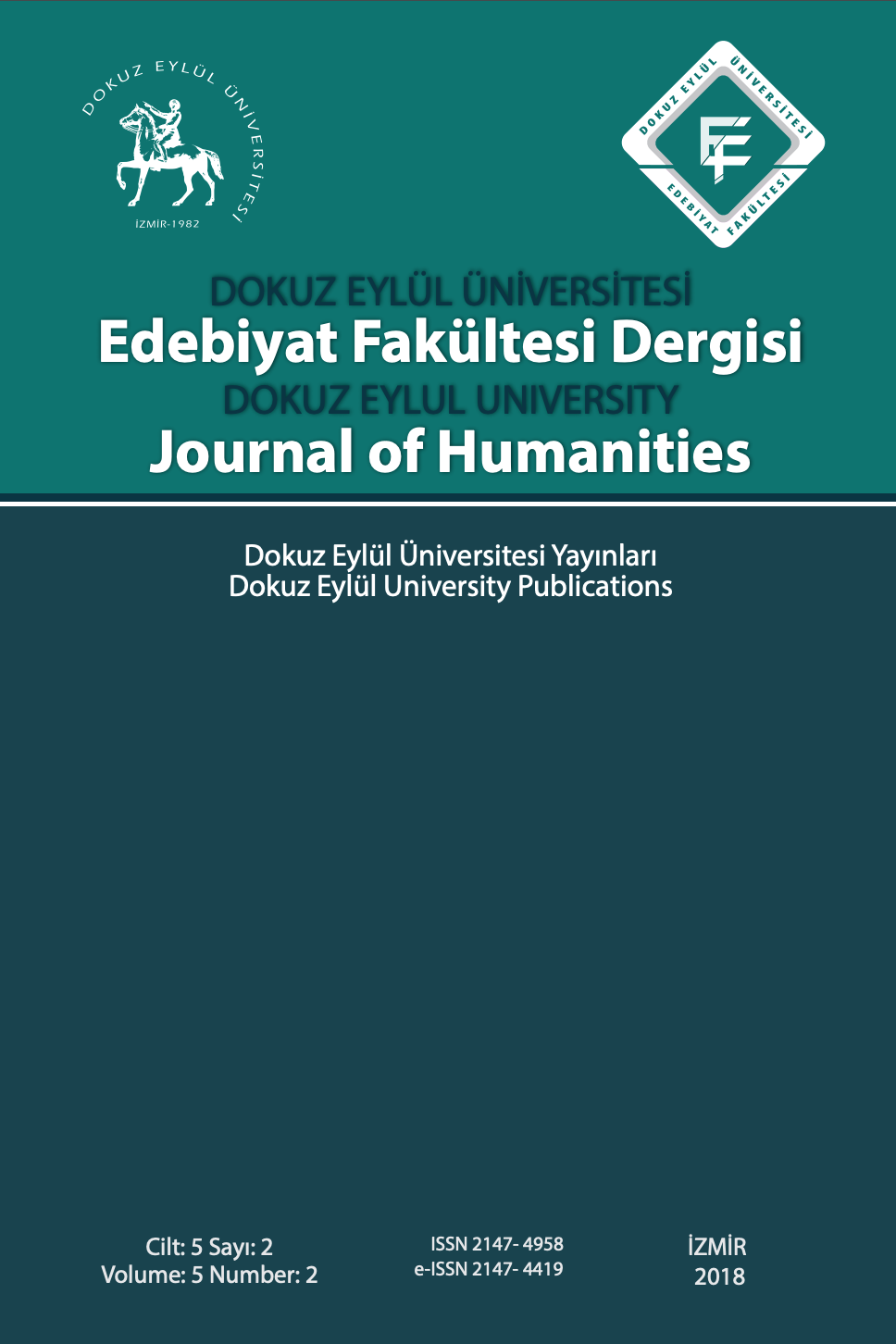An Anti-Hero’s Desire for Objects: Gustave Flaubert’s L’éducation Sentimentale
Anti-Hero, Descriptions Of Objects, L’Éducation Sentimentale
___
- Barthes, R. (1989). The Rustle of Language. (R. Howard, Trans.). Berkeley and Los Angeles: University of California Press. Bourdieu, P. (1996).The Rules of Art: Genesis and Structure of the Literary Field. California: Stanford University Press. Culler, J. (1974). Flaubert: The Uses of Uncertainty. London: Paul Elek. Culler, J. (1976). ‘Presupposition and Intertextuality’. MLN. vol. 91, no. 6: 1380-96, http://www.jstor.org/stable/2907142, (04.09.2015). Culler, J. (1986). ‘Poetics of the Novel’. Structuralist Poetics: Structuralism Linguistics and the Study of Literature. London: Routledge & Kegan Paul. Curry, C. B. (1997). Description and Meaning in Three Novels by Gustave Flaubert. New York, Peter Lang. Flaubert, G. (2004). Sentimental Education. (R. Baldick, Trans.).London: Penguin Books. Girard, R. (1976). ‘Triangular Desire’. Deceit, Desire and the Novel: Self and Other in Literary Structure. (B. Grasset, Trans.). Baltimore and London: The Johns Hopkins University Press. Paulson, W. (1992). Sentimental Education: The Complexity of Disenchantment. New York: Twayne Publisher. Prendergast, C. (1986). ‘Flaubert and the Stupidity of Mimesis’. The Order of Mimesis: Balzac, Stendhal, Nerval, Flaubert. Cambridge: Cambridge University Press. Roe, D. (1989). Modern Novelists: Gustave Flaubert. New York: St. Martin’s Press. Tilby, M. (2006). ‘Flaubert’s Place in Literary History’. Timothy Unwin (Ed.) The Cambridge Companion to Flaubert. (pp. 14-33). Cambridge: Cambridge University Press. Watson, J. (1999). Literature and Material Culture from Balzac to Proust. Cambridge: Cambridge University Press.
- ISSN: 2147-4958
- Yayın Aralığı: 2
- Başlangıç: 2011
- Yayıncı: Dokuz Eylul Üniversitesi Matbası
Icelandic Sublime's Connotations
An Anti-Hero’s Desire for Objects: Gustave Flaubert’s L’éducation Sentimentale
Çokkültürlü Toplumlarda Kültür ve Etnı̇sı̇te Algısı: Ahıska Türkleri Örneği 1-21
Rigas Velestinlis ve Namık Kemal'de Osmanlıcılık Düşüncesi
Gadamer'in Diyalektik Hermeneutiği
Kara Güneş’in Işığında Vita Melancholia’dan Vita Activa’ya: Antigone ve Arendt
Ortaçağ Avrupa'sında Fahişelik
Salman Rushdie Anlatısında Ses Kavramı: Sessizlik Seslenebilir mi?
